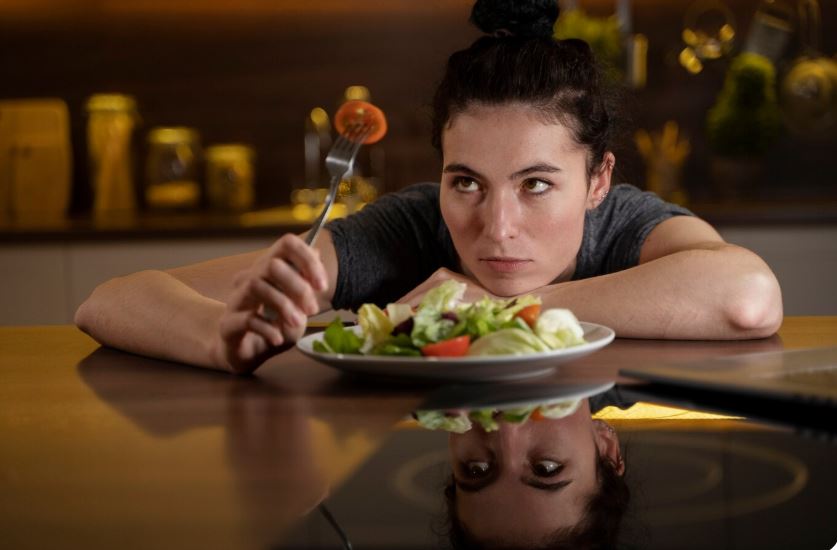When it comes to healthy eating, portion control is one of the most important habits you can develop. Even healthy foods can cause weight gain if you eat too much of them. Understanding how much to eat—and sticking to it—can help you stay fit, avoid overeating, and feel better overall.
🥗 What Is Portion Control?
Portion control means being aware of how much food you’re eating at one time. It’s not just what you eat, but how much of it you eat. This doesn’t mean you have to give up your favorite foods—it just means learning to enjoy them in the right amount.
⚖️ Why Portion Size Matters
- Prevents Overeating: Eating large portions can lead to taking in more calories than your body needs.
- Supports Weight Loss: Managing your portions helps you lose or maintain weight.
- Improves Digestion: Smaller meals are easier for your body to digest.
- Saves Money: Eating the right amount means food lasts longer and less is wasted.
🧠 Tips to Practice Portion Control
- Use Smaller Plates: It tricks your brain into thinking you’re eating more.
- Read Labels: Check serving sizes on food packaging.
- Eat Slowly: It takes about 20 minutes for your brain to realize you’re full.
- Avoid Eating from the Bag: Serve snacks in a bowl instead of eating straight from the package.
- Measure Portions at First: Use measuring cups or a food scale until you can estimate easily.
🍎 Common Portion Size Examples
- Rice or pasta: 1/2 cup (about the size of a computer mouse)
- Meat or poultry: 3 oz (about the size of a deck of cards)
- Fruit: 1 medium piece (like an apple or banana)
- Cheese: 1 oz (about the size of your thumb)
💬 Final Thoughts
Portion control isn’t about strict dieting or skipping meals—it’s about finding the right balance. Once you start paying attention to how much you eat, you’ll feel more in control, more satisfied after meals, and more energized throughout your day.
Start small, stay consistent, and watch how it transforms your eating habits!


2 Comments
a44j6z
This writing feels both ancient and new. It carries echoes of voices long past, yet speaks directly to the present moment. That timelessness makes it resonate deeply, as though it belongs to all eras at once.